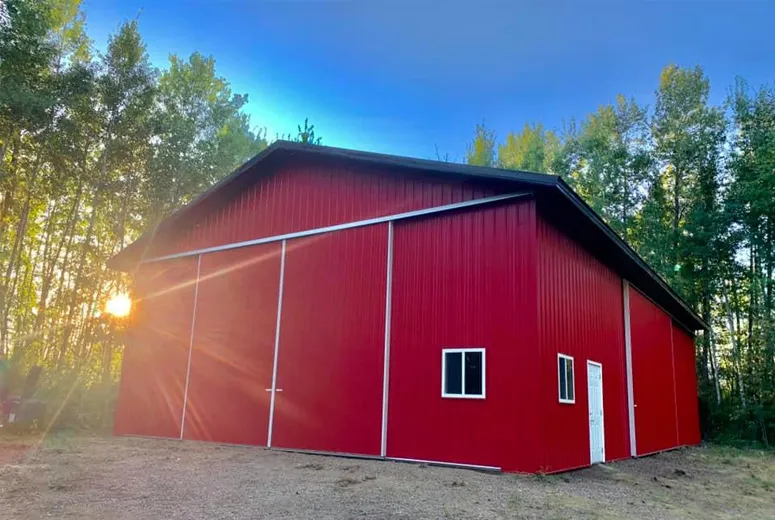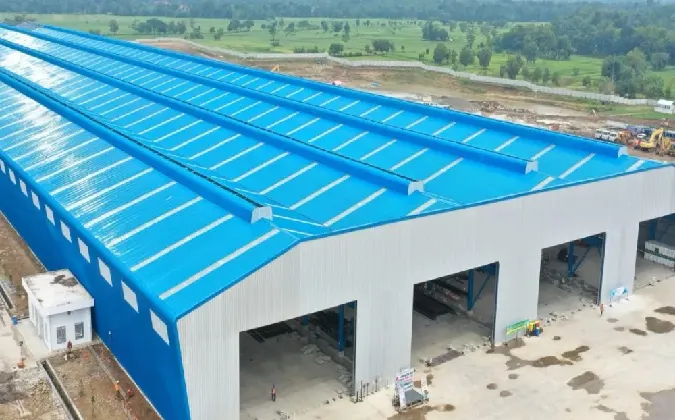...
2025-08-16 08:48
1212
...
2025-08-16 08:18
137
...
2025-08-16 07:54
2308
...
2025-08-16 07:54
2455
...
2025-08-16 07:14
1928
...
2025-08-16 07:00
2941
...
2025-08-16 06:36
2355
...
2025-08-16 06:36
363
...
2025-08-16 06:34
596


